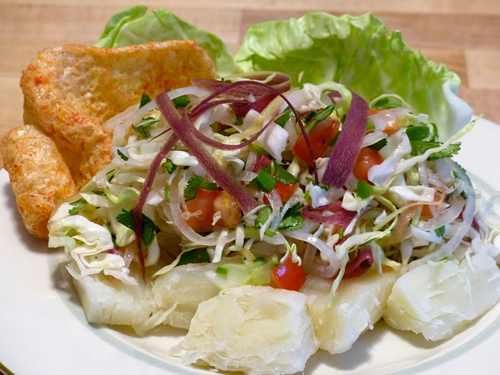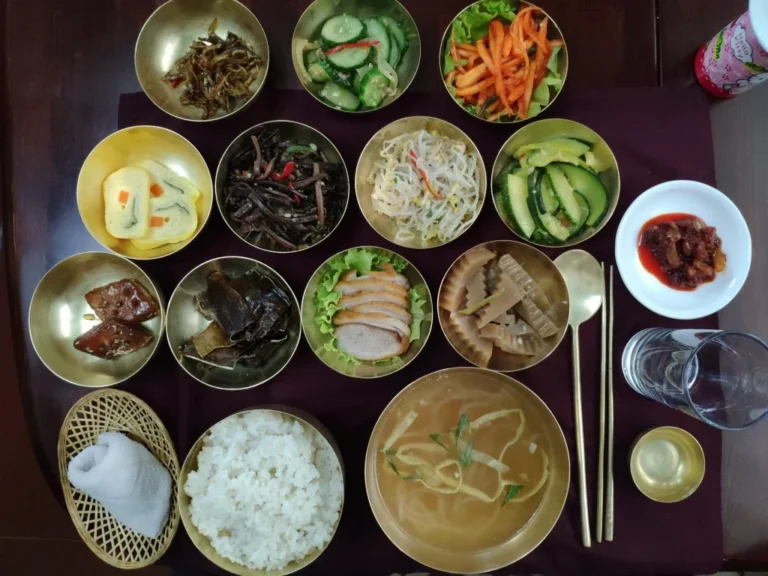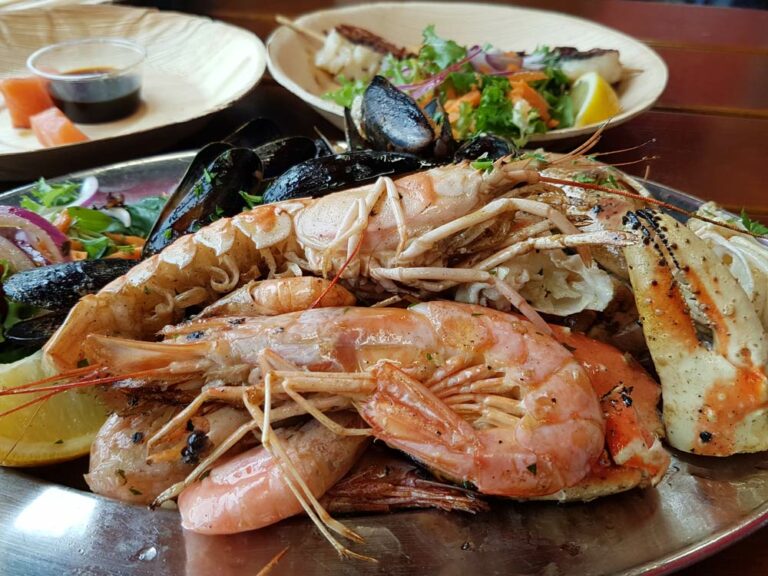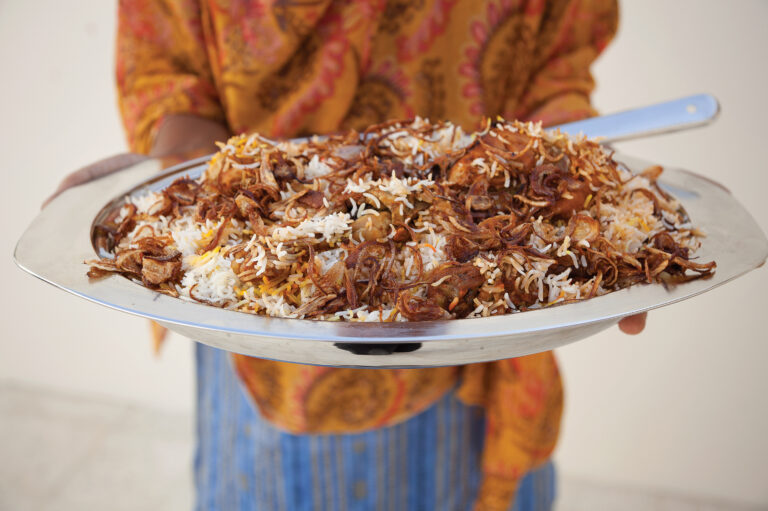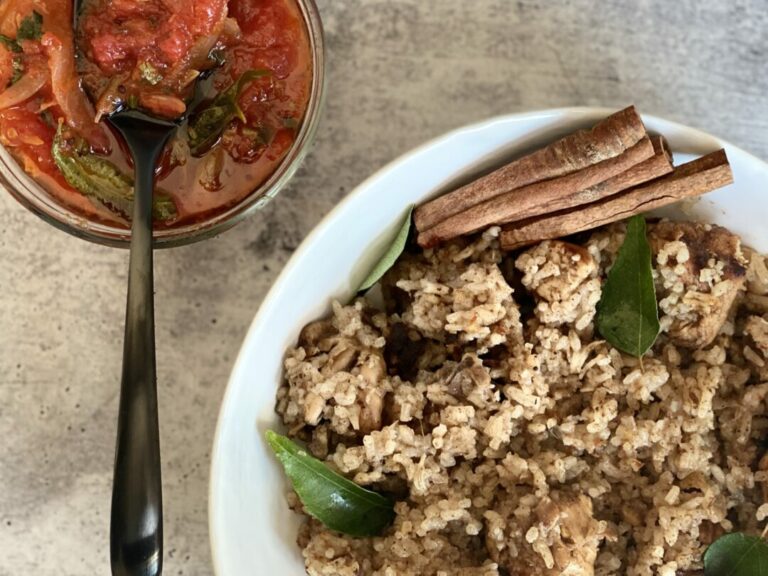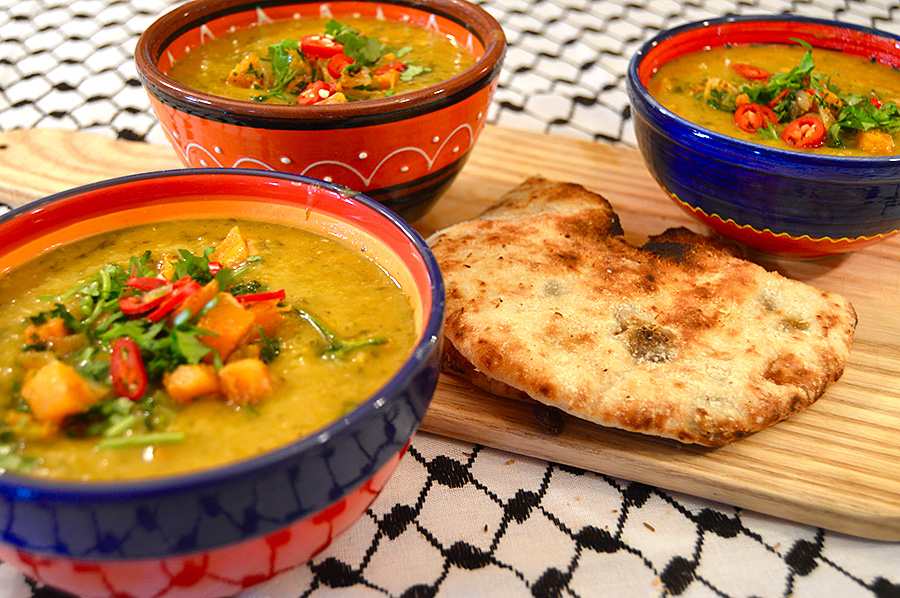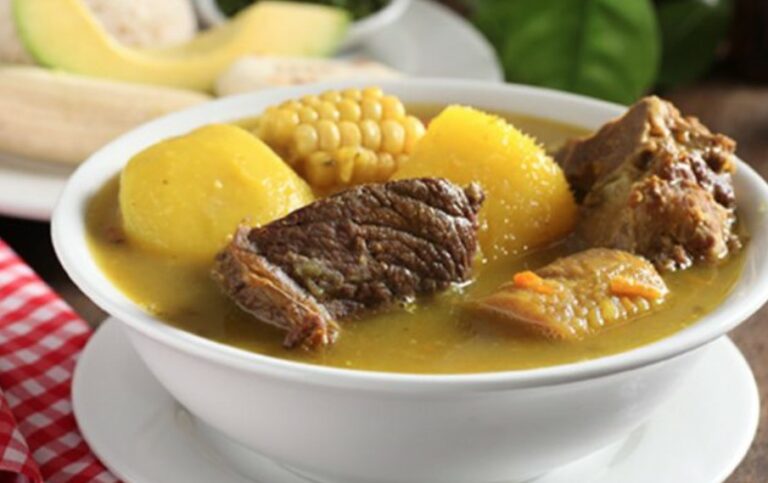Introduction: Nicaraguan Cuisine
Nicaraguan cuisine is an interesting blend of indigenous, Spanish, and African influences. The country’s tropical climate and fertile soil make it ideal for growing a wide variety of fruits, vegetables, and spices. Nicaraguan cuisine is known for its rich flavors, which are achieved through the use of herbs and spices.
The Role of Spices and Herbs in Nicaraguan Cooking
Spices and herbs play a crucial role in Nicaraguan cuisine. They are used to add flavor and complexity to dishes, as well as to enhance the color and aroma of the food. Nicaraguan cuisine relies heavily on the use of local, fresh ingredients, making spices and herbs an essential ingredient in every kitchen.
Achiote: The Signature Spice of Nicaragua
Achiote is perhaps the most important spice in Nicaraguan cuisine. It is made from the seeds of the annatto plant and is used to give dishes a bright, red color. Achiote is commonly used in the preparation of meat dishes, such as grilled chicken, pork, and beef. It is also used in soups and stews, as well as in rice dishes.
Other Common Spices in Nicaraguan Cooking
Other common spices used in Nicaraguan cooking include cumin, coriander, and oregano. Cumin is used in many meat dishes, while coriander is used in soups and stews. Oregano is used in marinades, dressings, and as a seasoning for grilled meats. These spices add depth and complexity to the flavors of Nicaraguan cuisine.
Popular Herbs in Nicaraguan Cuisine
Nicaraguan cuisine also relies heavily on the use of herbs. One of the most popular herbs used in Nicaraguan cooking is cilantro. It is used in soups, stews, and as a garnish for many dishes. Another commonly used herb is parsley, which is used in marinades and dressings. Other popular herbs include thyme, basil, and mint.
Conclusion: Exploring Nicaraguan Flavors
Nicaraguan cuisine is a fascinating blend of indigenous, Spanish, and African influences. The use of herbs and spices is essential in achieving the rich and complex flavors that are characteristic of the cuisine. Achiote is the signature spice of Nicaragua, but other spices such as cumin, coriander, and oregano also play an important role. Additionally, herbs like cilantro, parsley, and thyme add depth and complexity to the dishes. Exploring the flavors of Nicaraguan cuisine is a delightful experience for any food lover.

